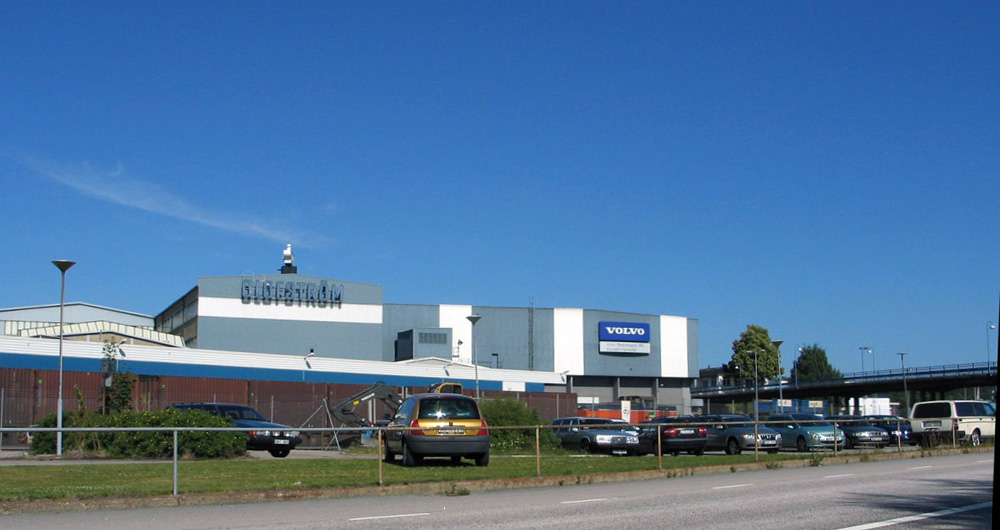
Volvo Cars is restructuring its global operations to grant its three main markets—U.S., China, and Europe—greater decision-making authority, CEO and President Håkan Samuelsson said during a July 17 call with analysts. The move aims to enable faster responses to the rapidly shifting trade environment influenced by tariffs and to accelerate profitability.
Samuelsson emphasized the importance of regionalization to regain growth, particularly in China and the U.S., by empowering local teams with autonomy to adjust to market conditions.
Cost-Cutting and Restructuring Drive Profit Goals
Since returning to Volvo in April, Samuelsson has prioritized profitability through aggressive cost-cutting measures. The company’s May announcement to reduce expenses by 18 billion Swedish kronor ($1.9 billion)—which includes cutting 3,000 jobs or 15% of the workforce—is progressing, with 1,100 layoffs already completed according to Q2 earnings.
Chief Financial Officer Fredrik Hansson noted that restructuring costs will result in a one-time charge of 1.4 billion SEK ($147.1 million) against earnings before interest and taxes. Despite a $1.2 billion impairment charge and Q2 setbacks, Hansson remains optimistic about a swift turnaround.
“We expect to see profit improvements take effect during the year, particularly in the fourth quarter,” Hansson said, underscoring the program’s focus on achieving profitability by 2026.
Local Decision-Making and Regional Production Are Key
A critical aspect of Volvo’s plan is expanding local decision-making and production capabilities. In China, new governance guidelines provide executives more flexibility to react to local market dynamics and accelerate growth. This shift also opens opportunities for production synergies with parent company Geely, allowing Volvo to build cars based on Geely platforms and reduce costs through shared parts and components.
Samuelsson cited the XC70 as an example of this cooperation currently underway in China.
In Europe, Volvo moved production of its fully electric EX30 SUV from China to its Belgium plant to avoid tariffs. The company also plans to collaborate with Geely-owned Polestar to produce the Polestar 7 at a new Slovakian facility for the European market.
For the U.S., Volvo revealed plans to build its XC60 SUV at its South Carolina factory starting late 2026. The factory, previously underutilized, is expected to benefit from the new leadership structure and increased autonomy, helping to boost domestic production and reduce import tariff exposure.
“The XC60, combined with increased EX90 production, will significantly improve factory utilization in the latter half of 2026,” Samuelsson said.
What The Author Thinks
Granting more autonomy to regional teams is a smart and necessary move in today’s volatile trade environment. Automakers like Volvo can no longer rely solely on centralized strategies that may be slow to adapt. By empowering local decision-makers and shifting production closer to key markets, companies can better navigate tariffs, improve operational efficiency, and meet consumer demands swiftly. This approach is likely to become the standard for global manufacturers facing geopolitical and economic uncertainties.
Featured image credit: Wikimedia Commons
For more stories like it, click the +Follow button at the top of this page to follow us.
